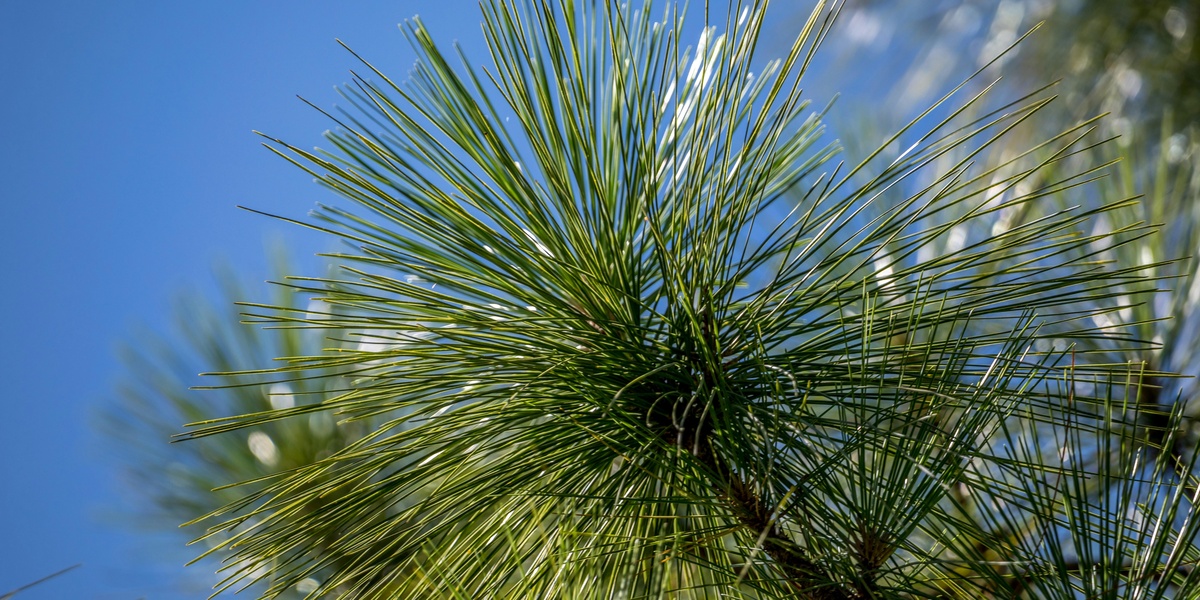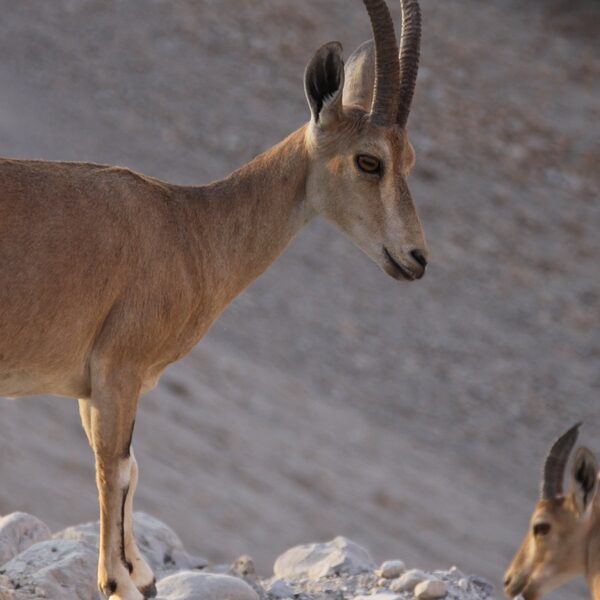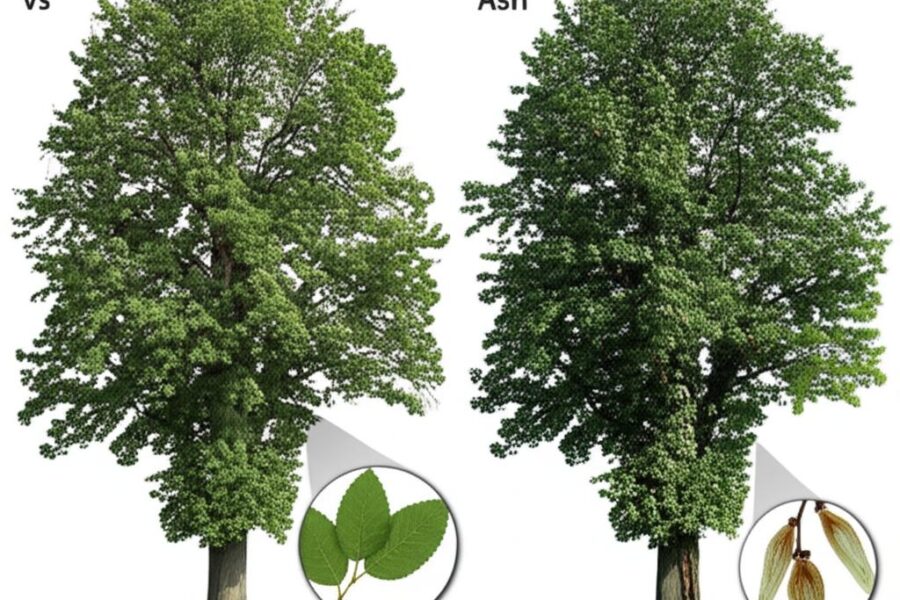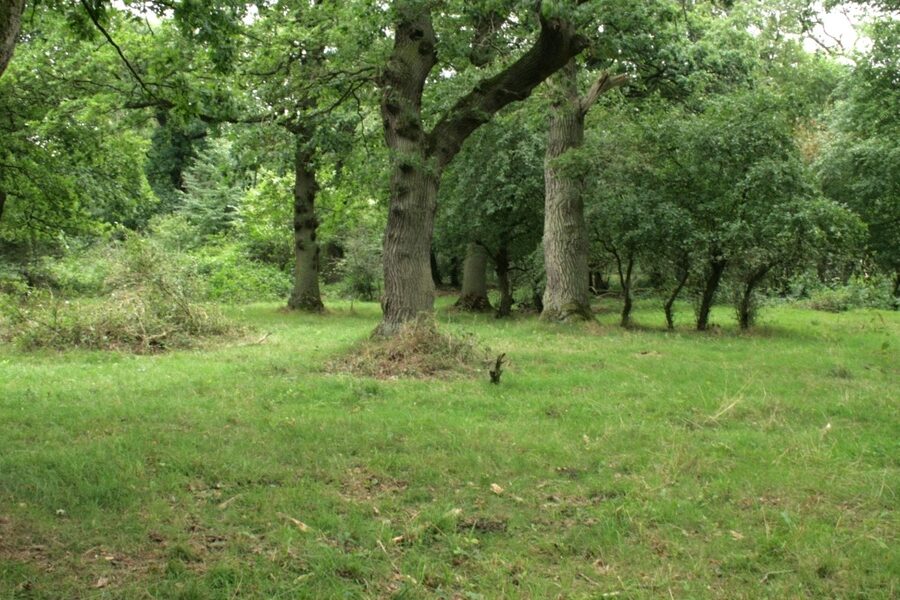A bristlecone pine in California is more than 4,800 years old — older than written history for most civilizations. That single tree hints at a deeper story: a small group of plant forms that evolved roughly 300 million years ago and still dominate vast swathes of cold, dry, and nutrient-poor ground. There are about 630 recognized species in the group, and a surprisingly compact set of structural and physiological traits explains why they persist, provide timber, and shape landscapes.
People often glance at an evergreen stand and miss how a handful of adaptations underpin resilience to cold, drought, and disturbance. This guide explains the eight characteristics of coniferous trees and why they matter for ecosystems, industry, and climate.
For clarity, the discussion is organized into three categories: physical and reproductive traits; physiological and biochemical adaptations; and ecological roles plus human uses. Each numbered point highlights a distinct feature, gives concrete examples, and notes practical consequences.
Physical and Reproductive Characteristics
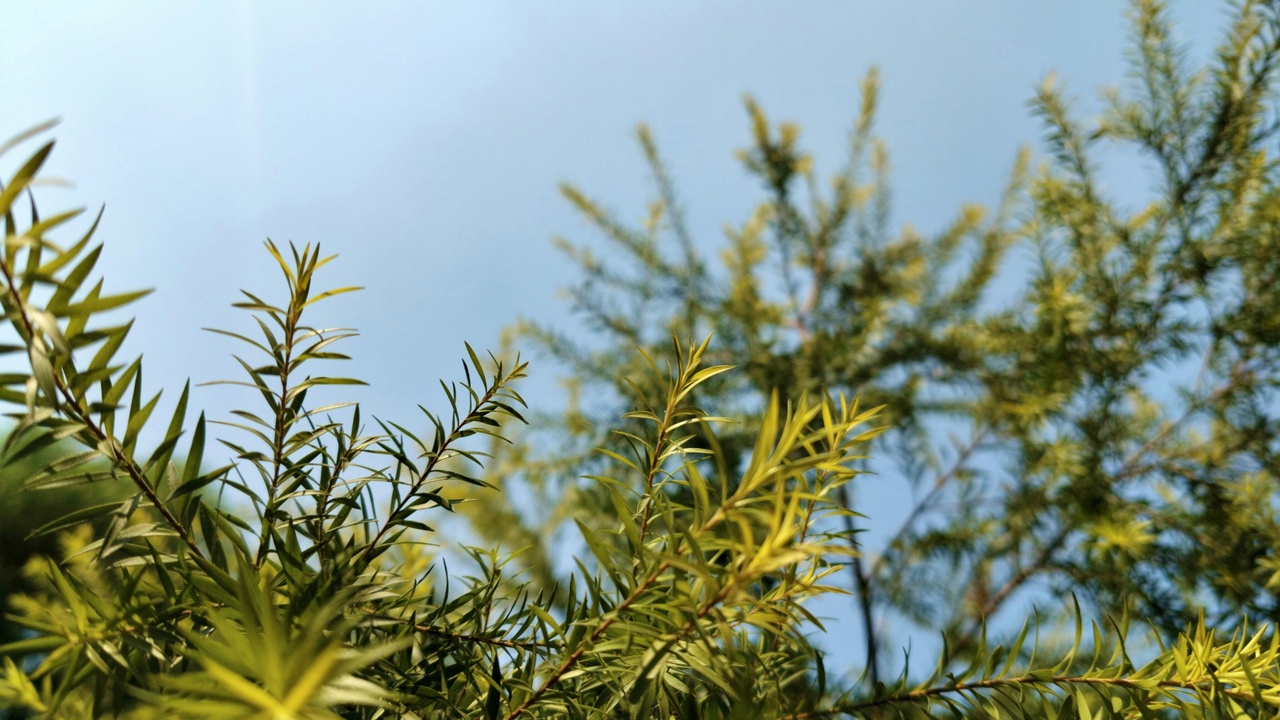
These visible traits are what most people notice first: woody stems, needle or scale leaves, and cones. Conifers are gymnosperms—seed plants whose ovules are not enclosed in fruits—and many of the features below are ancestral, tracing back roughly 300 million years. The first three characteristics explain form and reproduction at a glance and why conifers suit exposed, cold, or dry habitats.
1. Needle-like leaves (reduced surface area)
Most conifers bear narrow needles or overlapping scales that cut water loss compared with broad leaves.
Needles have a small surface area, thick waxy cuticles, and often sunken stomata—anatomical features that reduce transpiration and slow freezing damage. Needle longevity varies: many pines retain foliage for 2–7 years, while spruce and fir needles can persist longer depending on species and site.
Those traits let trees like lodgepole pine (Pinus contorta) colonize windy alpine slopes and allow Norway spruce to thrive across northern Europe where summer drought or cold snaps are common.
Needle form links directly to the evergreen habit that follows: leaves built to last mean trees can photosynthesize opportunistically and conserve nutrients.
2. Evergreen habit (year-round foliage)
Most conifers keep their foliage through winter, allowing occasional photosynthesis during brief warm periods and minimizing the cost of producing new leaves every year.
Retaining needles reduces annual nutrient loss because leaves are not shed en masse; that advantage is crucial on the thin soils and short growing seasons of high-latitude and high-elevation sites. Evergreen stands dominate the boreal or taiga zone, which covers roughly 17% of Earth’s land surface.
There are notable exceptions: larches (Larix) drop their needles each autumn and do well where a winter leaf drop reduces snow load or when seasonal nutrient cycling favors deciduousness. Overall, evergreen habit and needle morphology together shape where conifers can outcompete broadleaf species.
3. Cones and naked seeds (simple reproductive structures)
Conifers reproduce with cones: small pollen cones that release windborne pollen and larger seed cones whose scales bear exposed seeds at maturity.
As gymnosperms, their seeds aren’t enclosed in a true fruit; instead, seeds sit on cone scales and are often dispersed by wind or animals. The fossil record for these reproductive structures stretches back hundreds of millions of years, underscoring their long-term effectiveness.
Cone traits also tie into disturbance ecology—some pines have serotinous cones that remain closed until heated by fire, releasing a seed pulse that regenerates stands after wildfires. Douglas-fir (Pseudotsuga menziesii) cones, with their distinctive three-pronged bracts, are another classic example of how cone form aids identification and ecology.
Those reproductive features segue naturally into the internal defenses and water-transport systems that follow.
Adaptations and Physiology
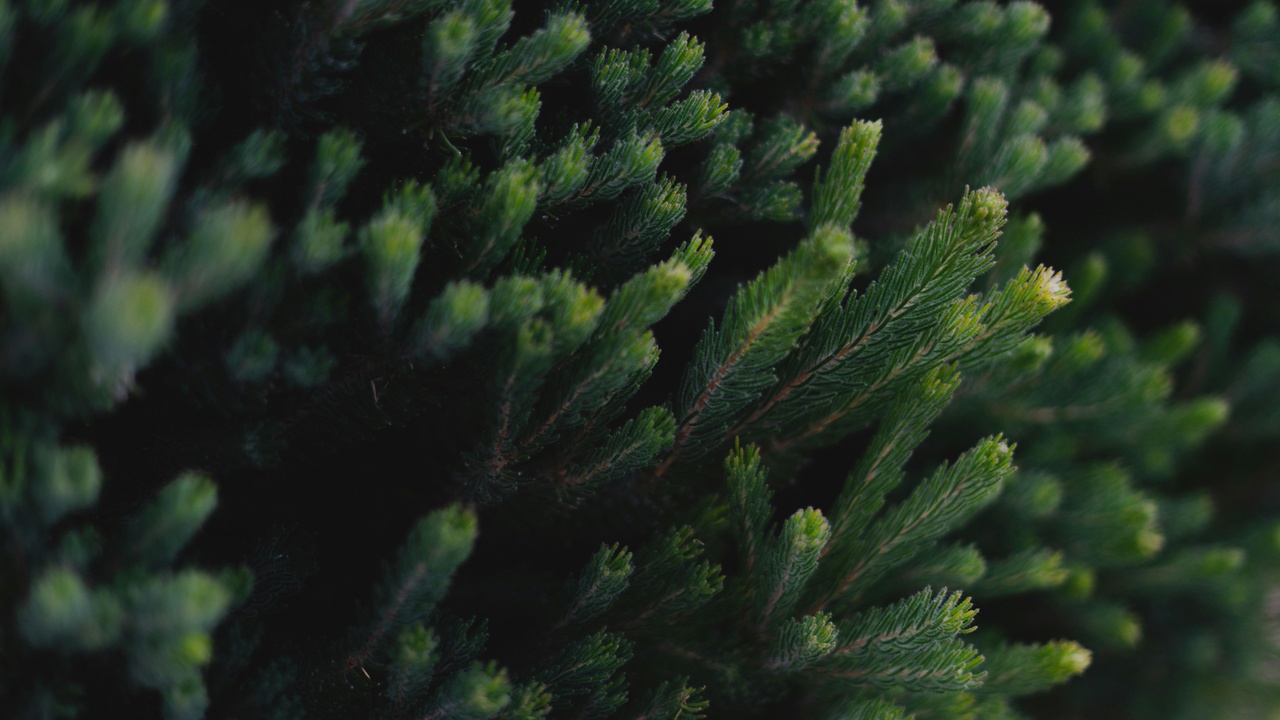
Beyond form, conifers possess biochemical and anatomical features that confer resistance to cold, drought, and many pathogens. The next three characteristics explain why these trees survive where others struggle and why their wood and chemistry shape human uses.
4. Resin, terpenes, and chemical defenses
Many conifers produce sticky resins and aromatic terpenes that deter insects and inhibit fungal colonization.
Historically, resin from pines and firs was essential for naval stores—pitch and turpentine kept 18th-century wooden ships watertight and supplied solvents for industry. Today, rosin and turpentine still come from conifer chemistry and feed sectors from adhesives to fragrances.
Those same compounds affect forest health: healthy trees can “pitch out” bark beetles by drowning or repelling boring insects, but drought-stressed trees lose that defense and have been heavily damaged in recent outbreaks that have affected millions of hectares in North America.
Chemical defenses therefore protect individuals and influence management choices—from pest control to the handling of timber that is rich in resin and may burn differently in wildfires.
5. Tracheid-based wood and mechanical properties
Conifer wood is dominated by tracheids—long, narrow cells that serve both to conduct water and to support the stem—rather than the wide vessels common in many hardwoods.
That anatomy produces softwoods with relatively uniform, straight grain that are lighter to mill and ideal for structural lumber and pulp. Softwoods from species like Douglas-fir and Sitka spruce have been preferred for framing, bridges, and, historically, wooden aircraft frames because of favorable strength-to-weight ratios.
Tracheid-based conduction also has trade-offs: long, narrow conduits can be more prone to freeze–thaw embolism or drought-induced cavitation in some settings compared with vessel-bearing hardwoods, a physiological constraint that shapes species distributions.
Wood anatomy thus links ecology, industry, and vulnerability to climate extremes.
6. Root systems and mycorrhizal partnerships
Conifers commonly form extensive root systems that partner with ectomycorrhizal fungi, networks that boost water and nutrient uptake in poor soils.
Ectomycorrhizal associations are widespread in the Pinaceae and related families; fungal hyphae expand the effective root surface area and can shuttle nitrogen and phosphorus between trees. Those networks also help seedlings establish under the shade of parent trees and improve survival on sandy or rocky substrates.
Forestry practitioners use this knowledge: many nurseries inoculate conifer seedlings with compatible fungal strains to raise survival and growth rates after outplanting in reforestation and plantation projects.
Roots and fungi therefore underpin colonization of marginal sites and long-term stand resilience.
Ecological Roles and Human Uses

Conifers shape landscapes, economies, and climate feedbacks. The final two characteristics cover their role as ecosystem engineers and their deep importance to timber, pulp, and cultural traditions worldwide.
7. Keystone ecological roles: habitat and carbon storage
Conifers are foundational across vast ecoregions: they create habitat, stabilize soils, and store enormous amounts of carbon in living biomass and soils.
The boreal zone—dominated by evergreen conifer stands—covers about 17% of the planet’s land area and represents one of the largest terrestrial carbon reservoirs. Old-growth coastal redwood forests (Sequoia sempervirens) contain some of the highest biomass per hectare on Earth, and protecting those stands prevents the release of centuries of stored carbon.
Ancient trees such as bristlecone pines also support specialized, long-lived ecological niches and serve as living archives of past climates. Management choices—harvest, restoration, or protection—have measurable impacts on carbon budgets and biodiversity at landscape scales.
So, conifer communities are central to climate mitigation, biodiversity conservation, and soil stability.
8. Economic and cultural uses: timber, pulp, and traditions
Conifers supply the bulk of the world’s softwood timber and much of the pulp used for paper, and they are embedded in traditions from shipbuilding to holiday customs.
Species like radiata pine (Pinus radiata) have driven plantation forestry in New Zealand and Chile since the early 20th century, providing affordable structural lumber. Norway spruce and Sitka spruce remain staples for construction and musical instruments, while the Christmas tree industry supports thousands of small farms—especially in the United States.
Beyond raw materials, conifer resins and extracts feed industries from adhesives to fragrances, and wood crafts maintain cultural and economic value in rural communities worldwide.
These human uses rest directly on the trees’ needle forms, resin chemistry, tracheid wood, and ecological resilience described above.
Summary
- Conifers combine needle leaves, cones, and tracheid-based wood—traits that evolved about 300 million years ago and suit cold, dry, and nutrient-poor environments.
- Their biochemical defenses (resins, terpenes) and fungal partnerships increase survival but interact with disturbance regimes like fire and insect outbreaks.
- Conifer forests—covering roughly 17% of land area in the boreal zone—are major carbon stores and provide habitat, while species such as Pinus radiata and Picea spp. supply much of the world’s softwood timber and pulp.
- From a single bristlecone pine older than 4,800 years to vast commercial plantations, the biological characteristics described here explain both ecological dominance and human reliance.
- Appreciate and support sustainable forestry and conservation of these forests: they matter for local economies, biodiversity, and global climate outcomes.
